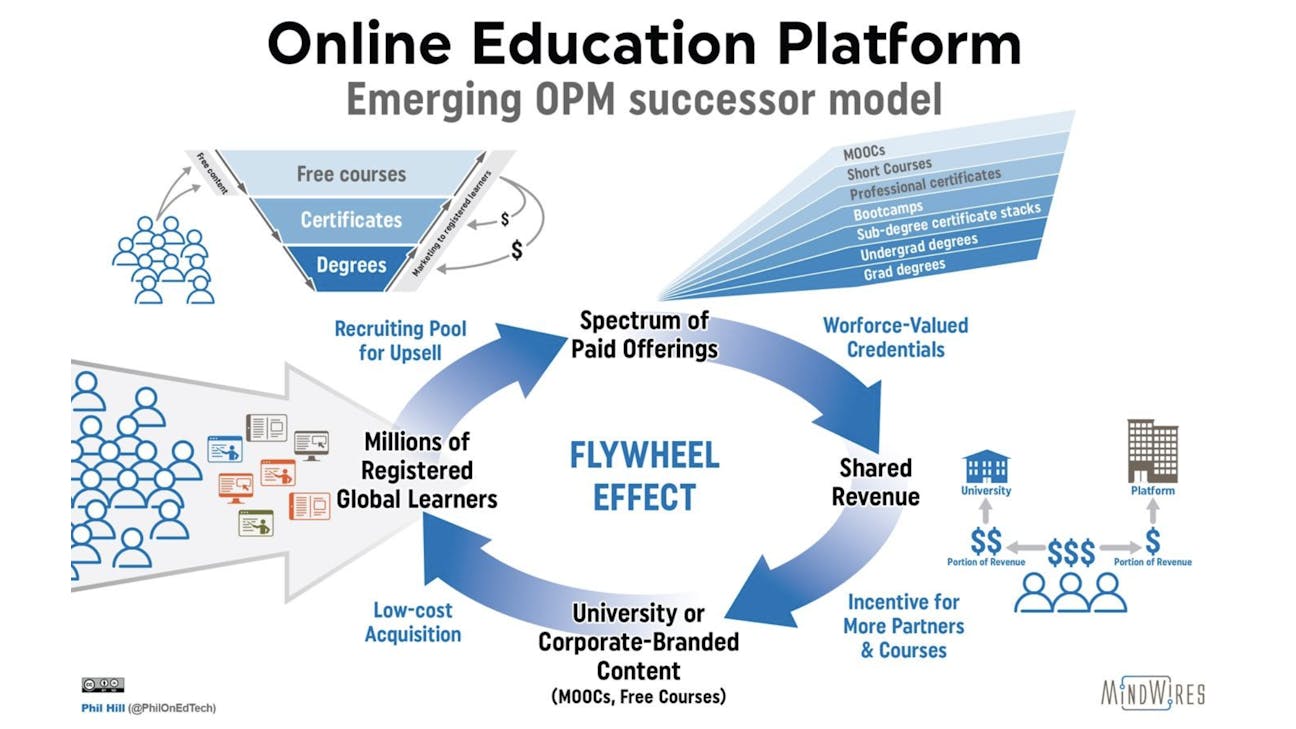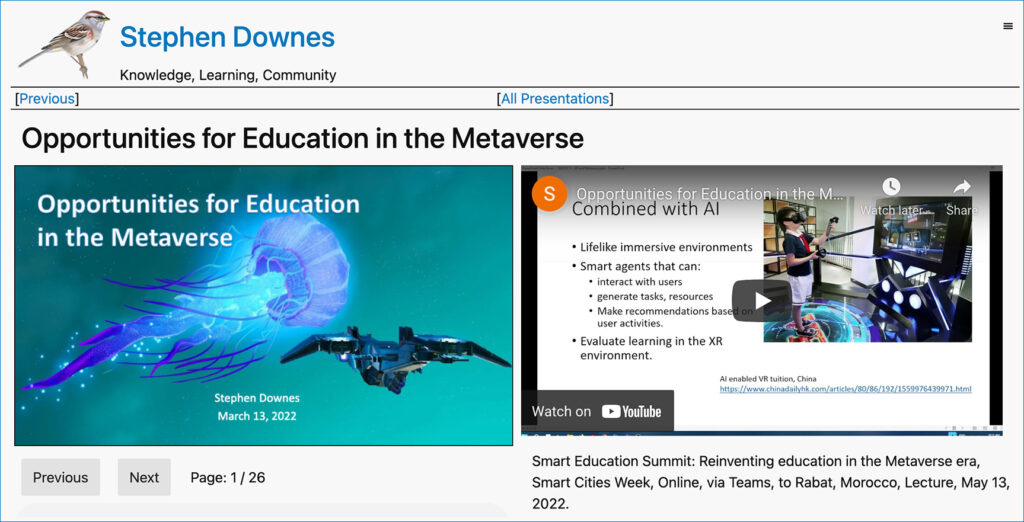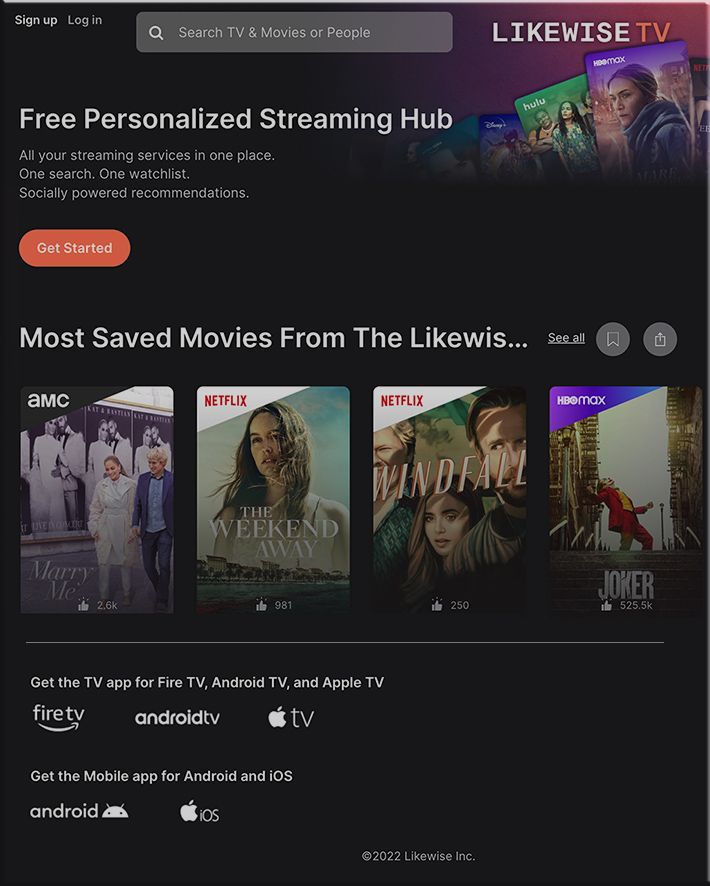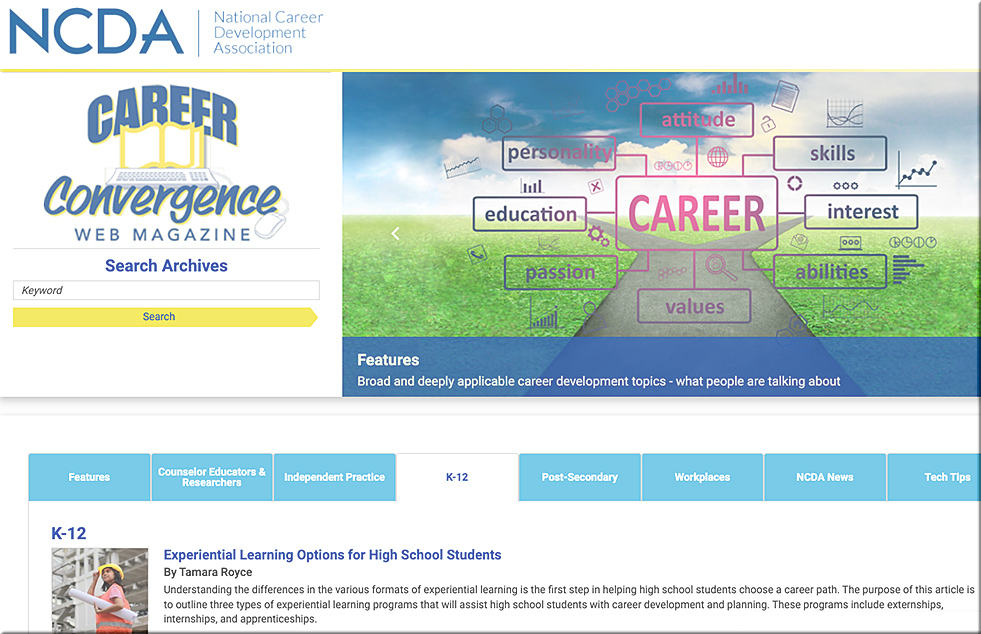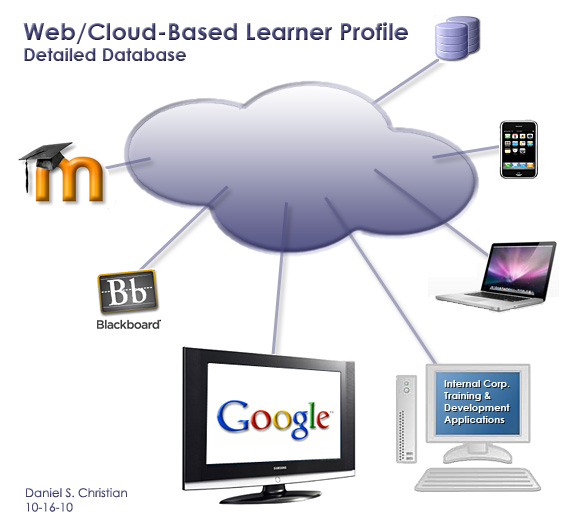New Mexico College Publishes Report to Advance a National Learning and Employment Record for Skills-based Credentialing and Hiring — from prnewswire.com by Central New Mexico Community College
Excerpt (emphasis DSC):
ALBUQUERQUE, N.M., Oct. 11, 2022 /PRNewswire/ — In the current job market, applicants are usually asked to provide a broad résumé that lists the basics of their qualifications including college degrees and past work experience. It’s an outdated and inefficient system and one that Central New Mexico Community College (CNM) is now helping to improve.
Thanks to a grant from Walmart, CNM produced a comprehensive report that researches several independent efforts underway in order to build a model for creating a national Learner and Employment Records (LER) infrastructure. An LER enables the exchange of skills-based digital records that facilitate more efficient pathways from learning to earning.
An LER is more efficient and secure for both employers and job-seekers because it uses blockchain technology to provide security, trust, and transparency.
From DSC:
I still am learning about how secure blockchain-based applications are — or aren’t. But this idea of a Learner and Employment Record — which I’ve referred to on this blog as a “cloud-based learner profile” — seems to hold a lot of potential as we move into the future. Especially when the focus is increasingly on which skills a position needs and which skills an individual has.










